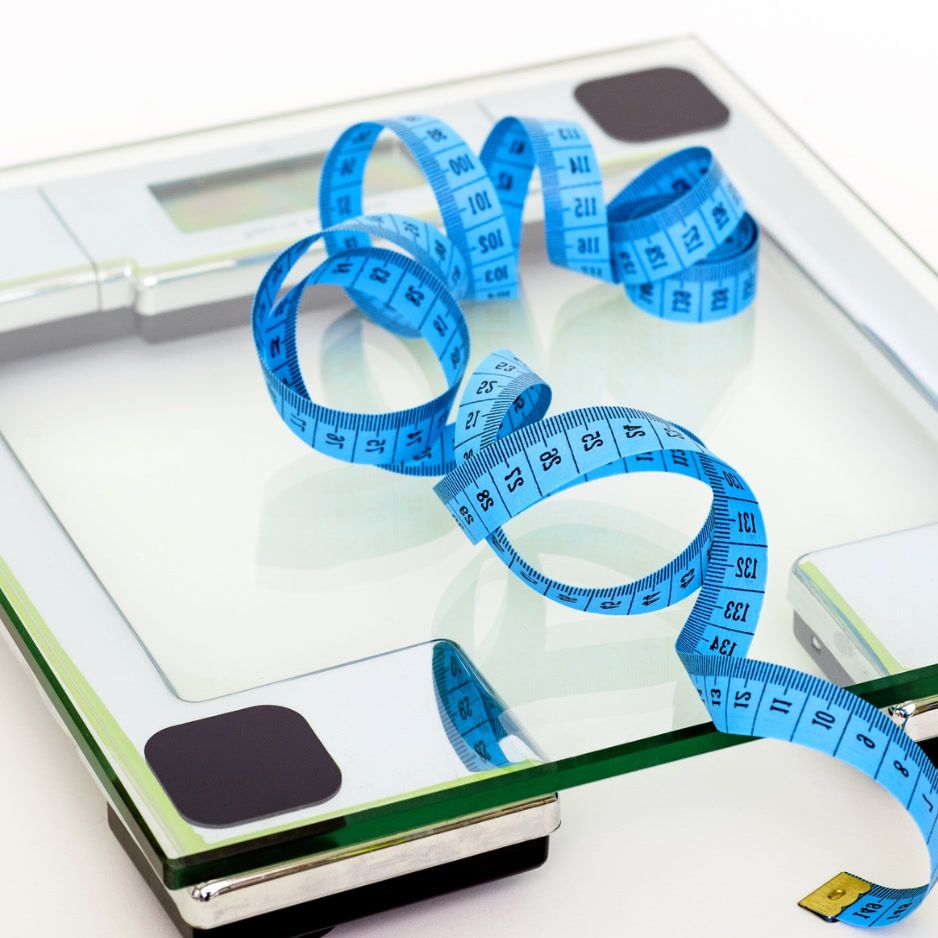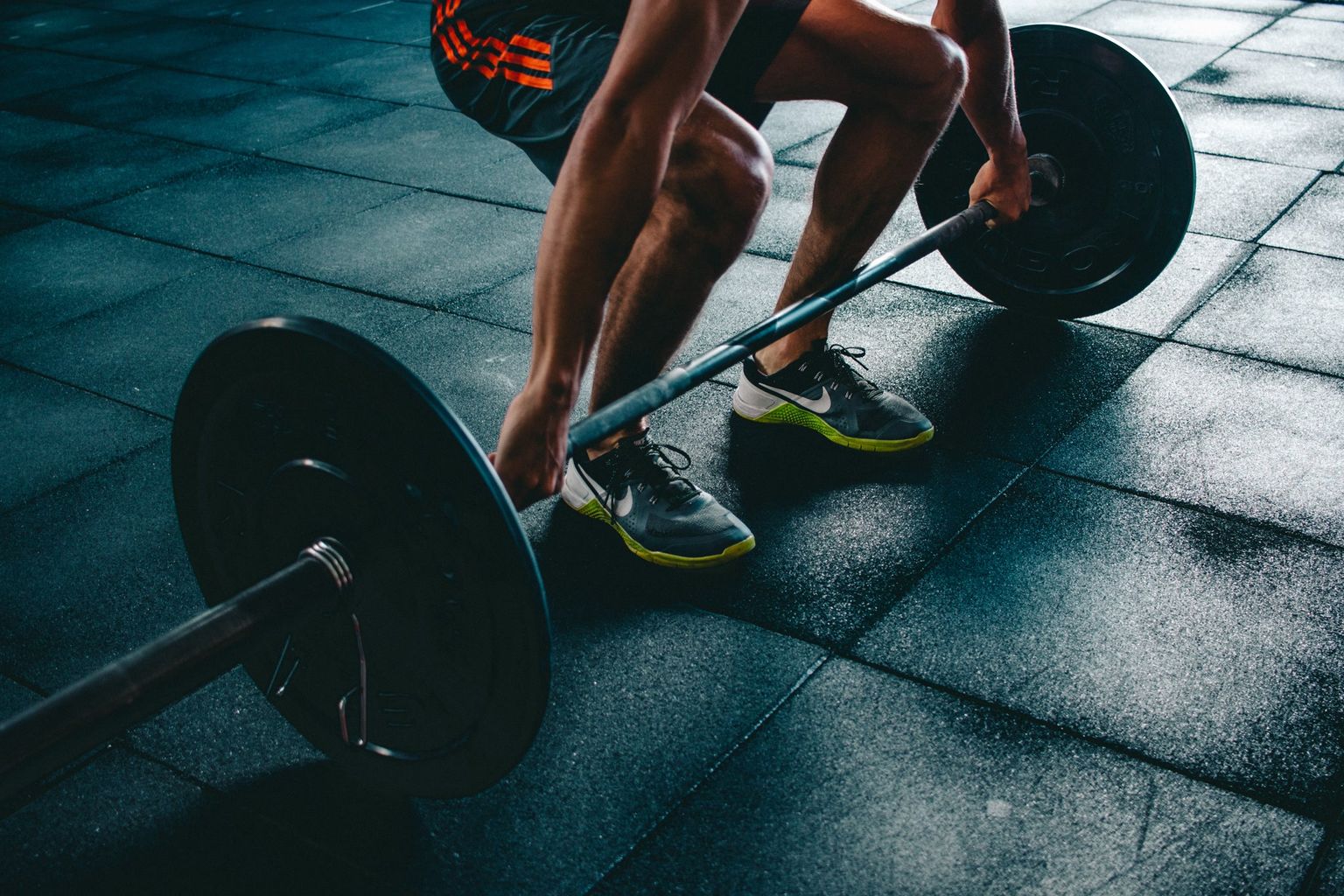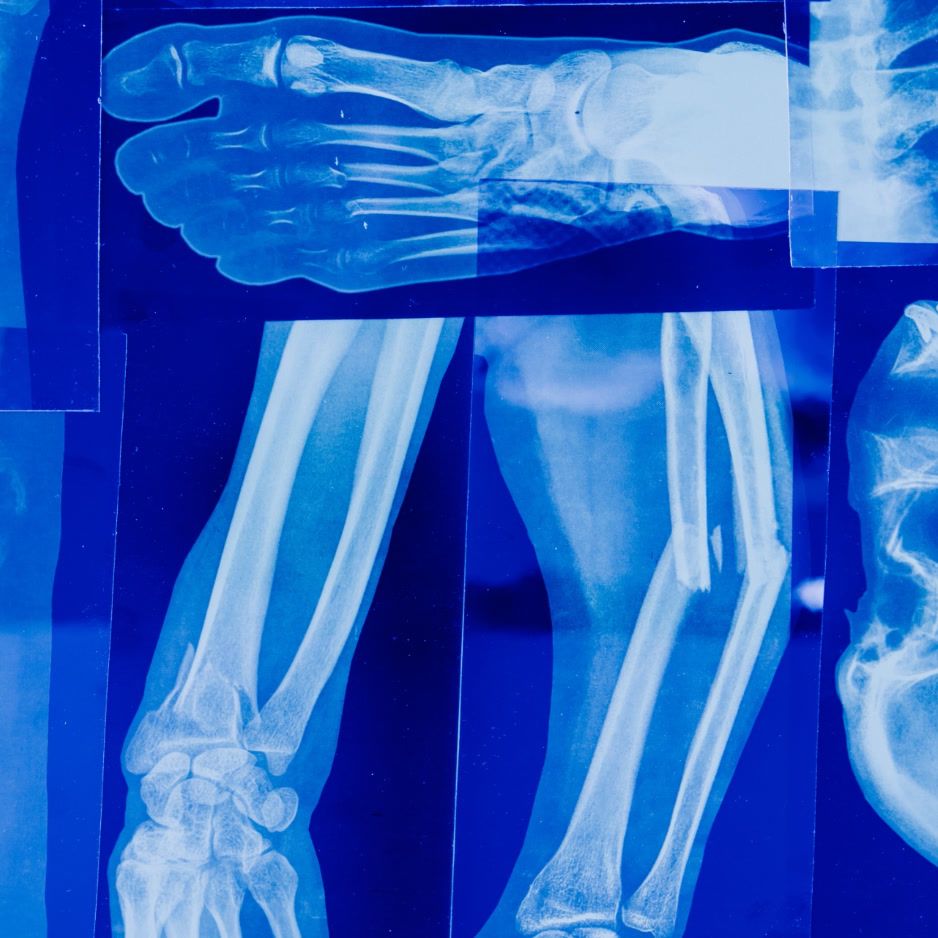The 6 Best Yoga Mats for Hot Yoga in 2025
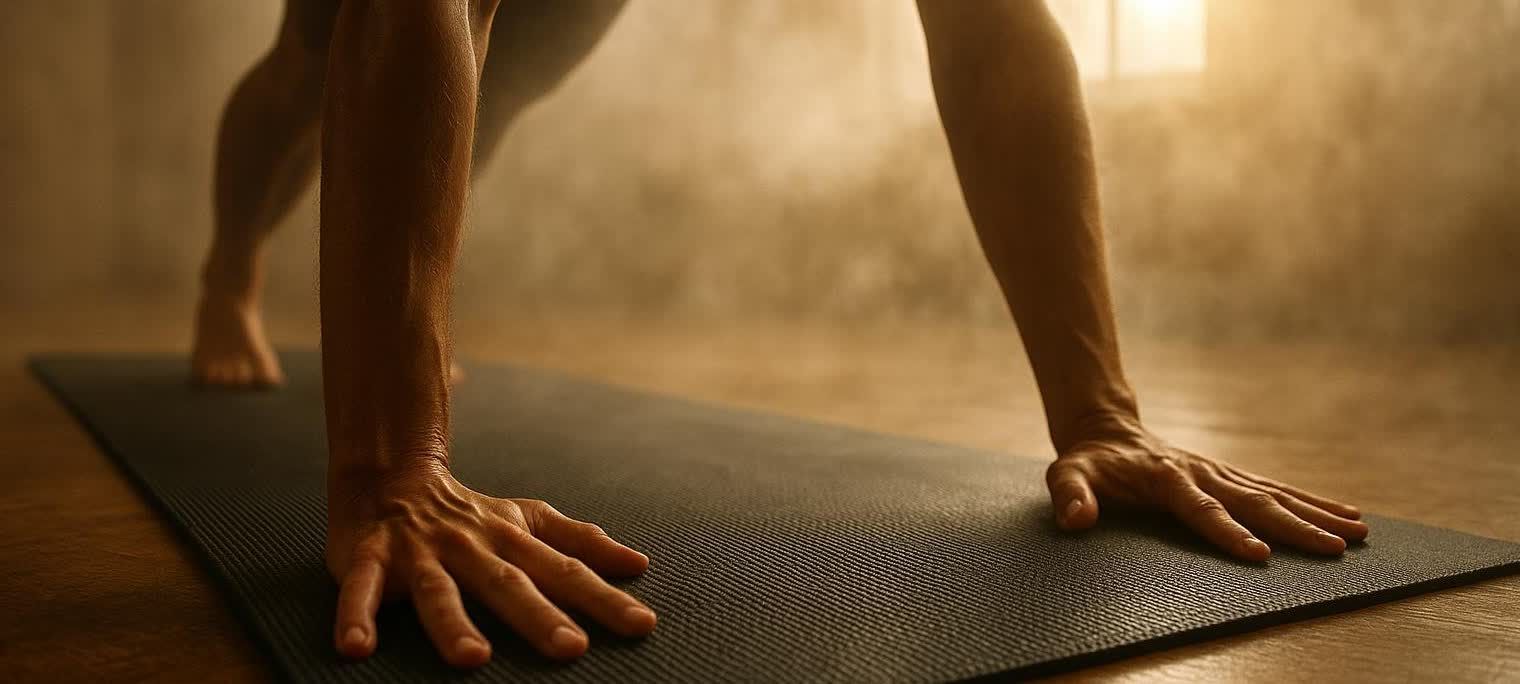
The 6 Best Yoga Mats for Hot Yoga in 2025
Sweat-soaked vinyasas, 105-degree rooms, and puddles around your mat—hot yoga is a different beast. A standard mat that works in a gentle Hatha class often turns into a Slip ’N Slide once temperatures climb past body heat.
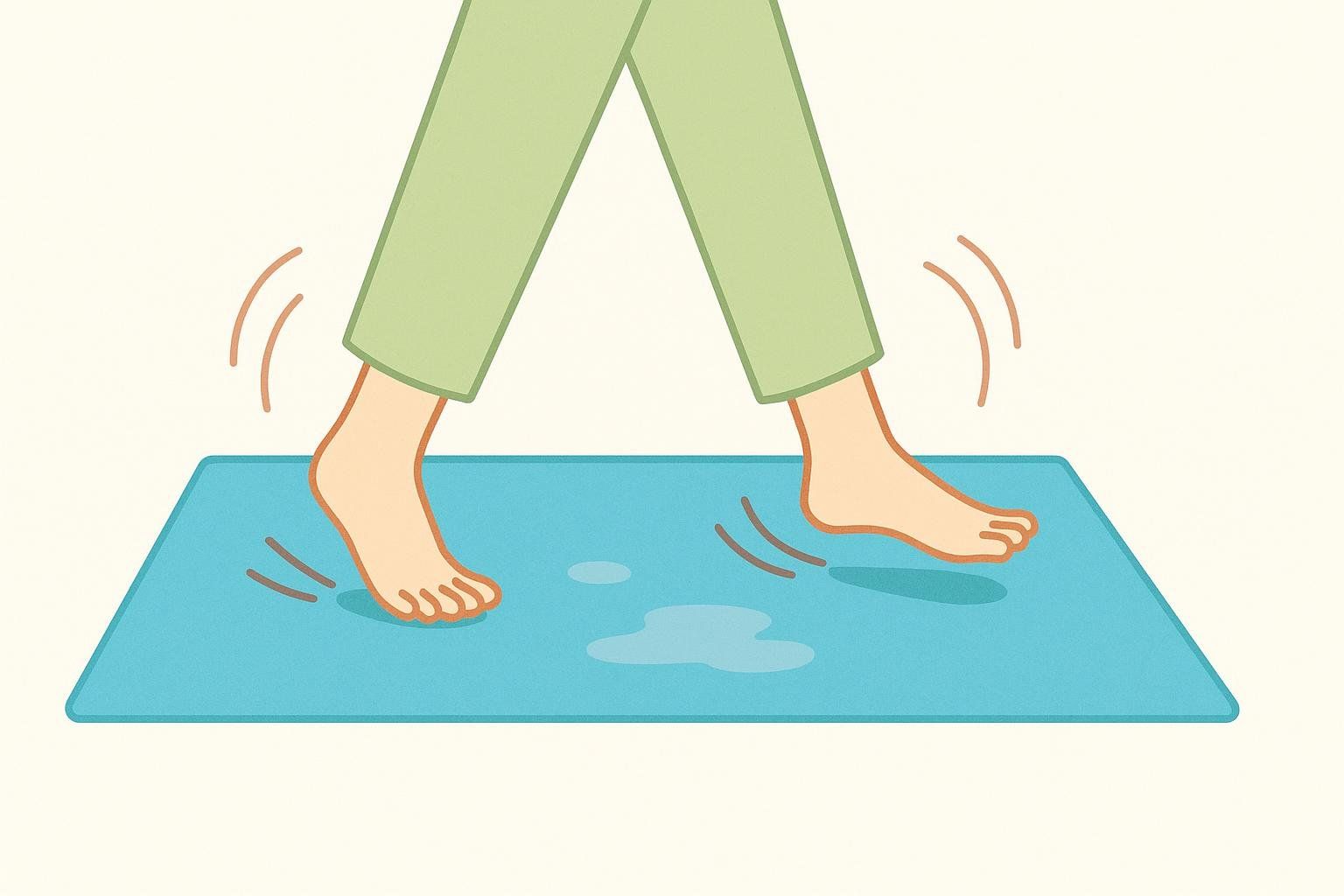
Below are six mats that repeatedly earn high marks from instructors, product engineers, and hundreds of sweat-tested user reviews.
Quick Comparison Table
| Rank | Mat | Price* | Weight | Thickness | Material Highlights | Why It Wins |
|---|---|---|---|---|---|---|
| 1 | Manduka GRP® Adapt | $94 | 5.5 lb | 5 mm | Open-cell polyurethane Satin Grip top layer with foam rubber base | Elite grip that gets tackier as you sweat—built for the hottest flows |
| 2 | Gaiam Performance Dry-Grip | $70 | 4.25 lb | 5 mm | PVC with moisture-wicking top coat | Solid traction and lifetime guarantee at a wallet-friendly price |
| 3 | Yoloha Unity Pro Cork | $159 | 7 lb | 6 mm | Cork + natural rubber (83 % bio-based) | Sustainable, antimicrobial, and surprisingly sticky when wet |
| 4 | JadeYoga Harmony | $92 | 5.0 lb | 4.7 mm | Open-cell natural rubber | Instructor-approved balance of soft cushioning and confident traction |
| 5 | IUGA Pro Non Slip Yoga Mat | $66 | 2.5 lb | 5 mm | SGS-certified polyurethane with rubber base | Reliable non-slip performance at a budget price |
| 6 | Manduka eKO® Superlite | $52 | 2.0 lb | 1.5 mm | Biodegradable natural rubber | Fold-and-go travel choice that still grips in heat |
Prices are approximate and subject to change.
1. Best Overall Grip: Manduka GRP® Adapt
The GRP Adapt routinely tops “best hot-yoga mat” rankings thanks to its open-cell Satin Grip surface, which channels sweat away and actually increases traction mid-flow. Lab data published by Manduka show it absorbs 2× more moisture than many standard PU mats, and user reviews echo the “towel-free” sticking power.
Care is straightforward: wipe down with a mild cleanser after class and allow to air-dry completely. The primary downsides are its heft and the need for regular cleaning to prevent sweat stains.
2. Best Value: Gaiam Performance Dry-Grip
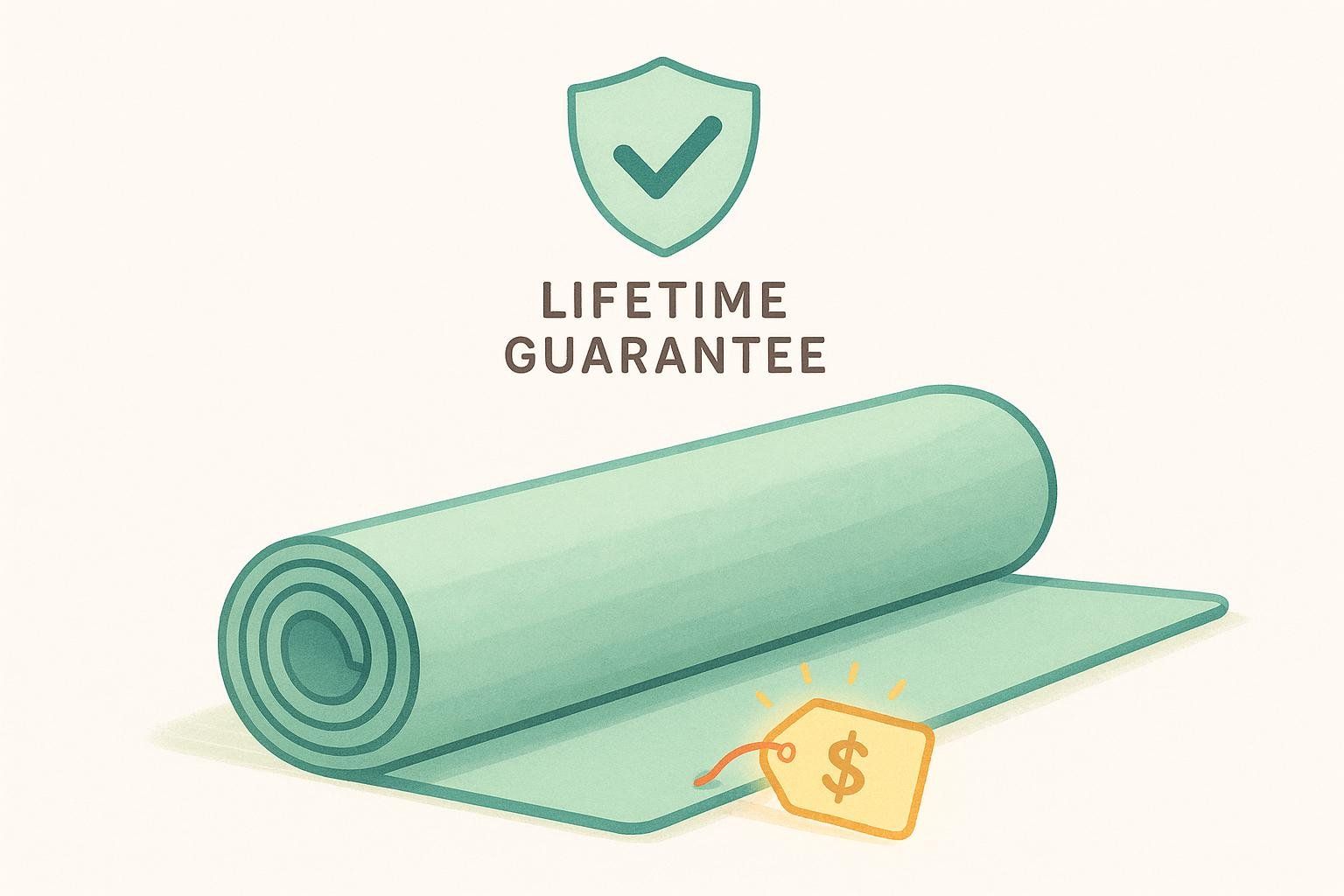
Designed for heated classes, the Dry-Grip’s PVC topcoat absorbs a micro-film of sweat and becomes tackier as the room warms. The 5 mm cushion protects creaky knees, unrolls perfectly flat, and—unlike many budget mats—ships with a lifetime guarantee. At just over four pounds it’s not ultralight, but few sub-$70 options stay this sticky past the 60-minute mark.
3. Best Eco Pick: Yoloha Unity Pro Cork
Cork gets grippier when wet thanks to suberin—a natural wax that rises to the surface with moisture. Yoloha’s Unity Pro bonds a 6 mm layer of cork to a natural-rubber base with 83 % bio-based content. The result? A mat that’s naturally antimicrobial, odor-resistant, and sticky enough for Bikram. It’s the heaviest option here at 7 lb, but the eco credentials and generous cushioning justify the load for green-minded yogis.
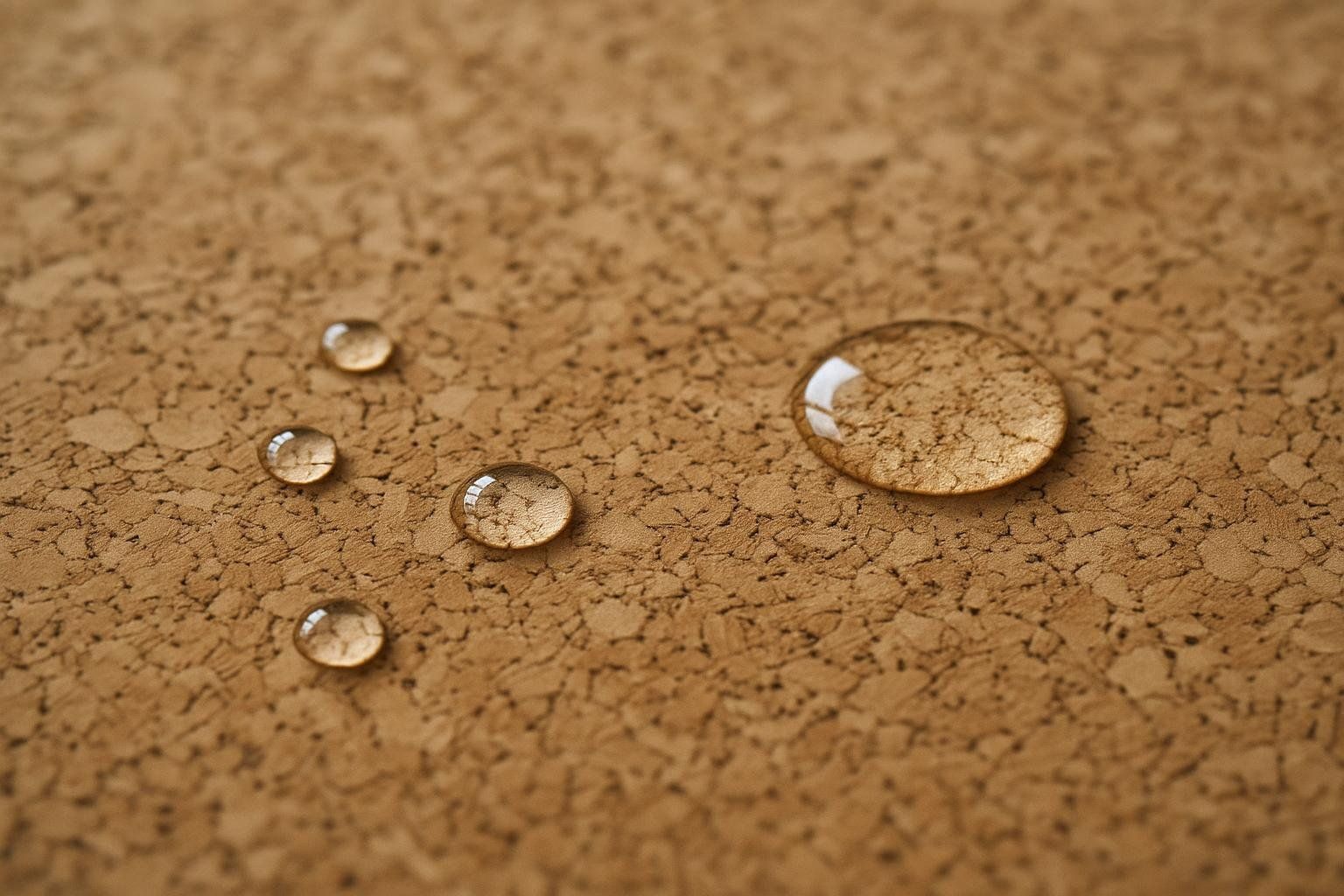
4. Instructor Favorite: JadeYoga Harmony
Many instructor reviews praise the Harmony’s high-friction open-cell surface, which stays secure even during sweaty forearm stands. At 4.7 mm thick, the mat delivers noticeable pressure relief in Reclined Hero yet still feels stable in Warrior II, and it lays perfectly flat after every roll-up. Cleanup is quick—a mild soap rinse lifts sweat and oils, and the surface dries within an hour in indirect sunlight. If you want plush comfort that soaks up moisture rather than letting it pool, the Harmony is hard to beat.
5. Best Budget: IUGA Pro Non Slip Yoga Mat
This SGS-certified polyurethane mat—distinct from the brand’s heavier PU version—weighs just 2.5 lb, making it campus- and transit-friendly. Reviews cite its dual-texture surface for grip that rivals premium options while keeping costs down—ideal for students or new practitioners.
6. Best for Travel: Manduka eKO® Superlite
Clocking in at just 2 lb and 1.5 mm thin, this mat folds into a square that slides beside your laptop in a carry-on. The orange-peel-textured natural rubber maintains traction even in steamy studios. For extra joint support, layer it over the studio’s communal mat—added hygiene without added bulk.
How We Researched

To build this list, we cross-referenced manufacturer specifications with:
- Lab-based friction tests published by third-party gear sites
- More than 1,500 verified customer reviews across major retailers
- Public feedback from certified hot-yoga instructors
Mats that didn’t make our final list either turned slippery mid-flow, suffered premature surface wear, or developed stubborn odors.
Buying Guide: Key Factors for Hot Yoga Mats
- Wet-Traction Surface – Look for PU, cork, or treated PVC that improves with sweat.
- Closed- vs. Open-Cell Construction – Closed-cell surfaces (like the Gaiam Dry-Grip) are sealed to keep sweat and bacteria from soaking in. They can feel slightly firmer and less yielding than similarly thick open-cell mats such as the Jade Harmony, which offer a softer, spongier feel but require more vigilant cleaning.
- Weight vs. Portability – Travel frequently? Aim for < 2.5 lb (Manduka eKO® Superlite).
- Eco Credentials – Natural rubber and cork beat PVC on sustainability; check for third-party certifications.
- Joint Cushioning – If joint comfort is a priority, consider mats in the 5–6 mm range for better support.
FAQs
Why does my mat still feel slippery?
Brand-new mats sometimes carry a factory film. Wipe down with diluted vinegar and let air-dry before first use.
Can I machine-wash my yoga mat?
Most mats cannot handle the mechanical stress of a washer. Stick to hand-washing unless the manufacturer explicitly states otherwise.
What thickness is best for hot yoga?
Between 4–6 mm hits the sweet spot for joint support without compromising stability.
How often should I replace my mat?
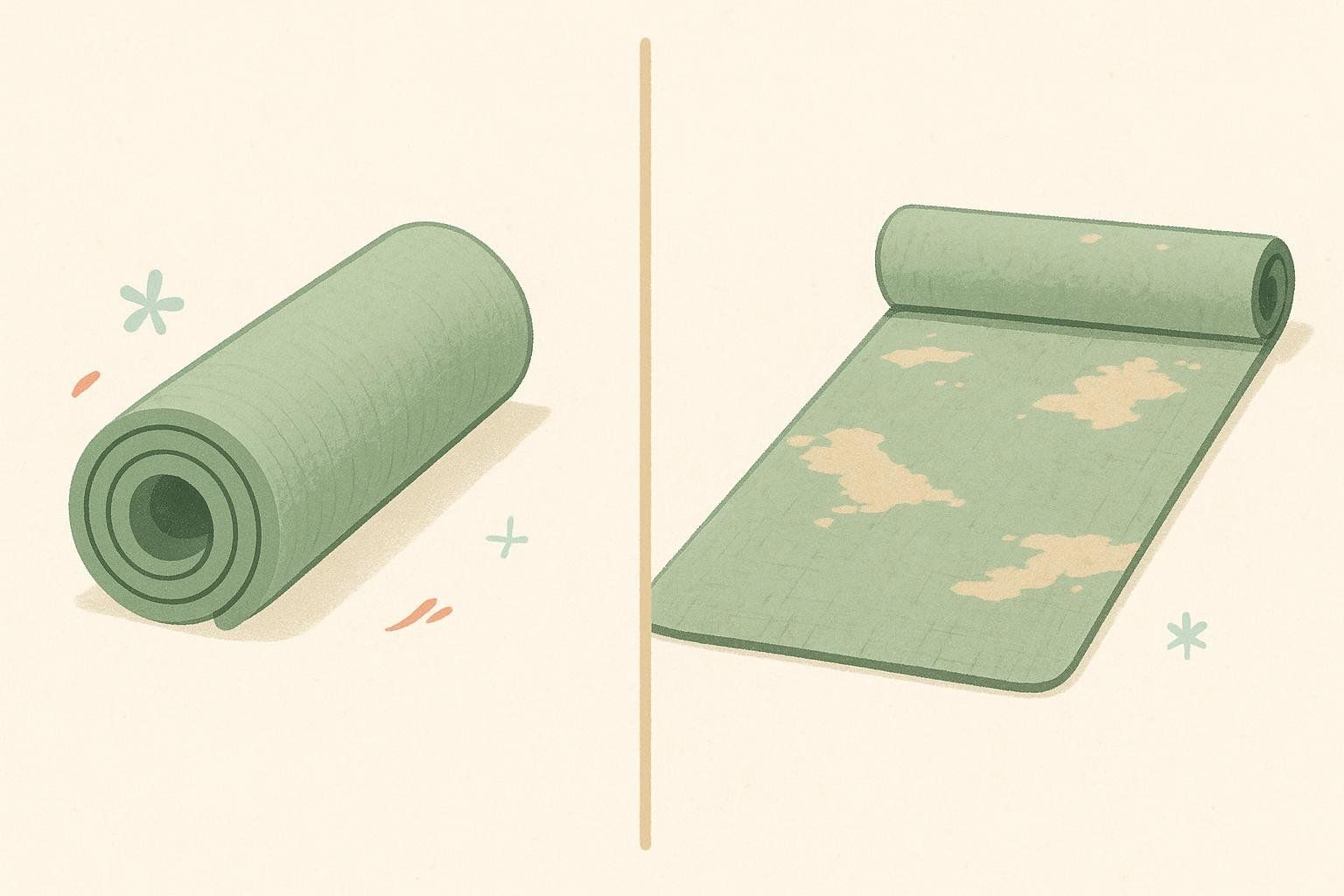
A high-quality mat should last 2–5 years. Inspect for surface peeling or persistent odor—both signs it’s time to upgrade.
Harvard Health notes that regular yoga practice can enhance balance, muscular endurance, and even bone density. Measure those internal changes with a BodySpec DEXA scan and see how your new mat—and your dedication—transform your body from the inside out.
